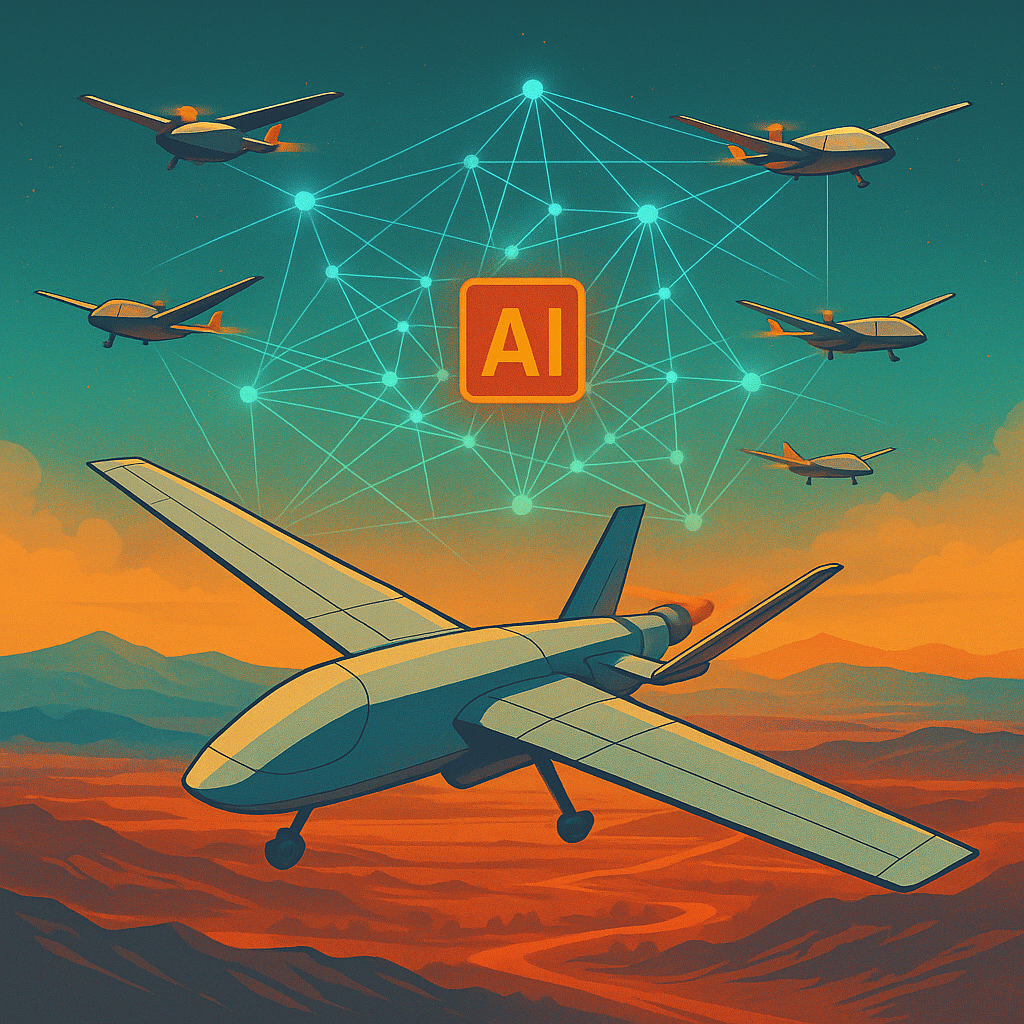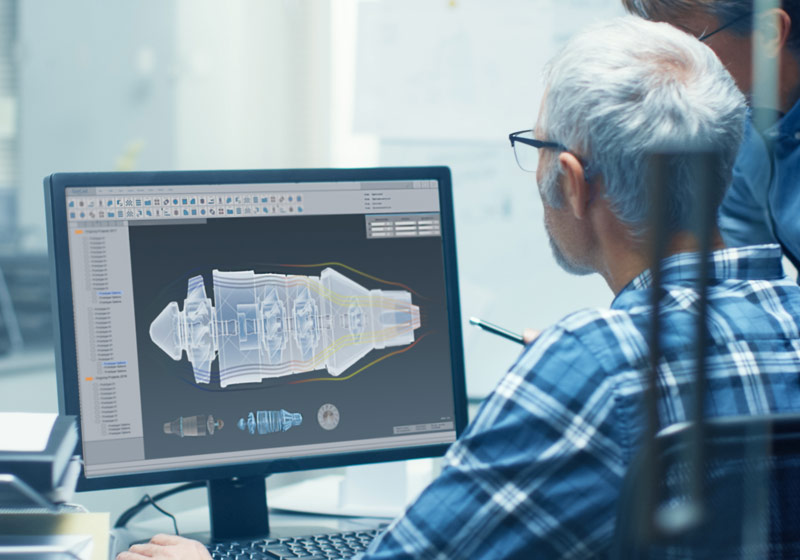Introduction
In modern warfare, victory depends on how fast and intelligently machines can act together. Coordinating dozens—or even hundreds—of unmanned aerial vehicles (UAVs) in real time is one of defense’s biggest challenges. Traditional systems, built for single-platform control, struggle to handle the data and split-second decisions that swarm operations demand.
AI-assisted coordination is changing that equation. By embedding intelligence into each drone and distributing decision-making across the network, swarms can now adapt, communicate, and execute missions with unprecedented precision—even under electronic warfare and GPS-denied conditions.
The Complexity of Multi-UAV Coordination
Each UAV generates hundreds of data points per second—multiplied across a swarm, this creates an enormous coordination problem. Legacy systems relying on centralized control collapse under communication delays and operator overload.
AI agents, by contrast, distribute intelligence across every node, enabling drones to make micro-decisions locally while following a unified mission objective.
How AI Enables Smart Swarm Behavior
- Distributed Intelligence
AI agents on each drone handle:
- Flight control, obstacle avoidance, and local threat detection
- Real-time decision-making based on onboard sensor data
- Coordination with nearby drones for collision-free, dynamic formations
- Reinforcement Learning
Through simulated combat scenarios, AI models learn adaptive tactics—how to evade radar, divide targets, and reconfigure formations mid-mission.
- Computer Vision and NLP Integration
- Computer Vision: Identifies threats, terrain, and high-value targets in real time.
- Natural Language Processing: Allows human commanders to issue verbal or textual commands that the AI instantly translates into coordinated swarm behaviors.
Real-World Applications
ISR and Reconnaissance
AI-driven swarms extend surveillance range and endurance. In maritime missions, a 24-UAV swarm maintained 95% coverage while increasing operational time by 35% through self-optimizing flight paths.
Offensive Operations
AI enables coordinated Suppression of Enemy Air Defenses (SEAD). Swarms autonomously locate radars, execute deception maneuvers, and strike targets along multiple attack vectors—all while adapting to enemy countermeasures in real time.
Search and Rescue
Machine learning optimizes search grids based on terrain, weather, and probability maps, dynamically repositioning drones to improve detection accuracy and response times.
Integration and Security
C4ISR Compatibility
AI swarm control integrates with existing command networks—Link-16, JC2, Blue Force Tracker—ensuring real-time situational awareness across domains.
Cyber and EW Resilience
- Encrypted, frequency-hopping communications
- AI-driven anomaly detection to identify jamming or infiltration attempts
- Autonomous fallback modes for communication loss
Compliance
All systems are designed for ITAR, NIST 800-171, and CMMC Level 3 compliance—critical for deployment in classified operations.
Performance Metrics and Strategic Advantages
AI-coordinated swarms deliver measurable impact:
- +40–65% higher mission success rates
- 50% lower operator workload
- 30% improved fuel efficiency through optimized routing
- 3–5× greater area coverage per mission
These systems redefine what’s possible in both cost efficiency and mission capability.
The Road Ahead: Multi-Domain Integration
Next-generation swarms will connect air, sea, land, and space assets into unified autonomous networks—sharing intelligence and executing coordinated responses faster than any centralized command structure could manage.
By combining AI, edge computing, and distributed learning, defense organizations can achieve operational dominance in contested environments.
Conclusion: The Future Is Autonomous Cooperation
AI-assisted swarm coordination marks a turning point in aerospace and defense operations. It replaces slow, human-centered decision loops with distributed intelligence capable of learning, adapting, and acting collectively under fire.
Defense organizations embracing this shift will gain decisive advantages: faster response, lower costs, and mission superiority in the most complex environments.



